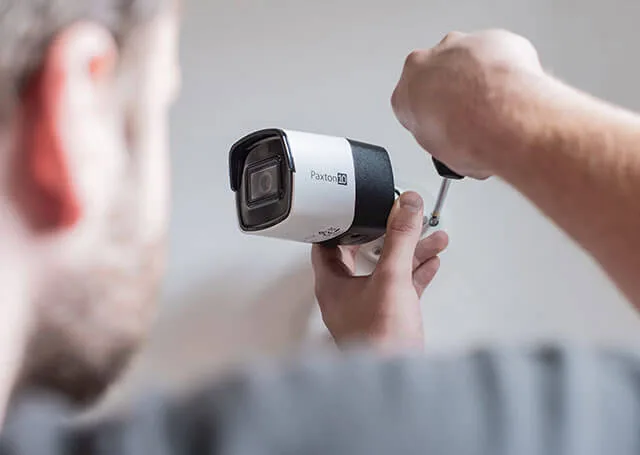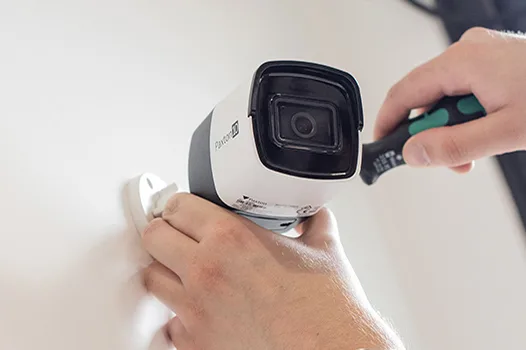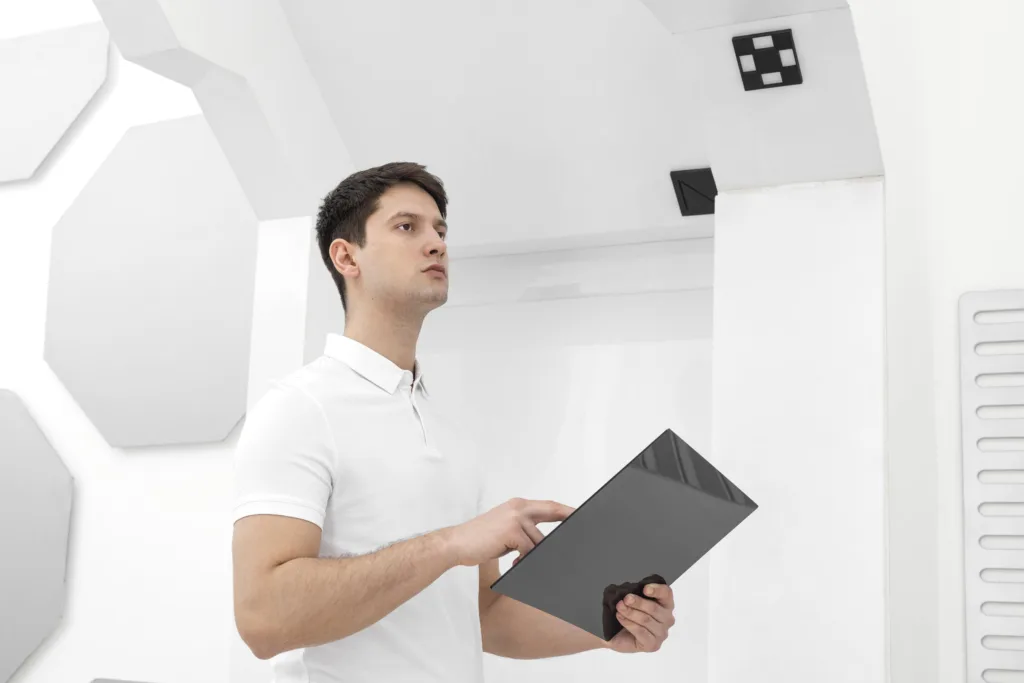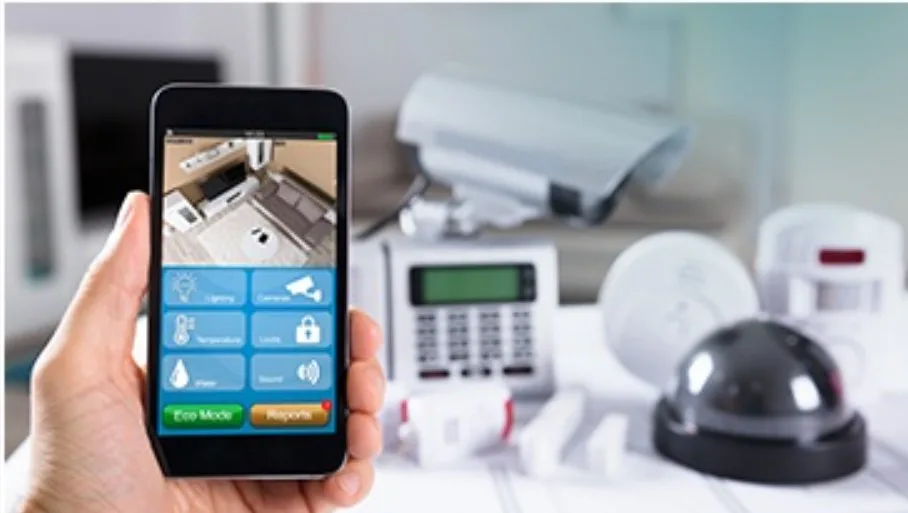CCTV Installation
Essential Tips for Effective CCTV Installation
In today’s world, ensuring the safety of your home or business is more important than ever. One of the most effective ways to enhance security is by installing a Closed-Circuit Television (CCTV) system. With the rise of technology, security cameras have become more affordable and accessible, making them a popular choice for both residential and commercial properties. In this article, we will explore essential tips for effective CCTV installation to help you make the most of your security camera system.

Understanding Your Needs
Before diving into the installation process, it’s crucial to understand your specific security needs. This will help you determine the type and number of cameras required, as well as their optimal placement.
Assessing Your Property
Walk around your property and identify areas that need surveillance. Consider entry points like doors and windows, as well as vulnerable areas such as driveways, garages, and backyards. Note any blind spots that might require additional coverage.
Evaluate the size and layout of your property. Larger areas may need more cameras, while smaller properties might only require a few strategically placed devices. Consider any unique features of your property that may necessitate specialized camera types.
Engage with your family or colleagues to understand their security concerns. Different perspectives can highlight areas you might overlook and ensure a comprehensive security plan.
Identifying Security Priorities
Determine what you want to achieve with your CCTV system. Is your primary goal to deter potential intruders, monitor employees, or record evidence in case of an incident? Clarifying your priorities will guide your camera selection and placement.
Consider the value of the assets you’re protecting. High-value items or sensitive information might require more intensive surveillance. This will influence the number and type of cameras needed for adequate security.
Think about the level of monitoring you require. Decide whether you need 24/7 surveillance or if certain areas only need monitoring during specific times, like business hours.
Determining Camera Types
There are various types of security cameras available, each with its own set of features. Some common types include:
- Dome Cameras: Ideal for indoor use, these cameras offer a wide field of view.
- Bullet Cameras: Suitable for outdoor use, providing long-range coverage.
- PTZ Cameras: Allow remote control for pan, tilt, and zoom functions.
Consider specialized cameras for unique needs. For instance, thermal cameras can detect movement in complete darkness, while license plate recognition cameras can be used in parking areas.
Evaluate the resolution and image quality needed. Higher resolution cameras provide clearer images, which can be crucial for identifying faces or license plates.
Research camera brands and models. Look for reviews and recommendations to ensure you’re selecting reliable equipment that fits your budget.

Planning the Installation
Once you’ve assessed your property and selected the appropriate cameras, it’s time to plan the installation.
Choosing the Right Locations
Selecting the right locations for your cameras is crucial for effective surveillance. Here are some tips to consider:
- Height: Install cameras at a height that prevents tampering but still provides a clear view. Typically, 8-10 feet above the ground is ideal.
- Angles: Position cameras to cover the most area with minimal blind spots. Overlapping camera views can enhance coverage.
- Lighting: Ensure cameras are not facing direct sunlight or obstructions that could block the view. Consider using infrared cameras for low-light conditions.
Evaluate potential obstructions, such as trees or structures, that could block the camera’s view. Adjust placement to ensure clear lines of sight.
Consider seasonal changes that may affect visibility, such as foliage growth or snow accumulation. Plan camera locations accordingly to maintain consistent surveillance throughout the year.
Think about accessibility for maintenance. Ensure cameras are placed in locations that are easy to reach for cleaning or adjustments, without compromising security.
Wiring and Power Supply
Proper wiring and power supply are essential for a successful CCTV installation. Here are some considerations:
- Cable Management: Use conduits or cable trays to protect and organize wires. This not only prevents damage but also makes maintenance easier.
- Power Source: Ensure cameras have a reliable power source. You may need to install outlets or use Power over Ethernet (PoE) for easier setup.
Plan the routing of cables to minimize exposure to the elements. Weatherproofing is crucial for outdoor installations to prevent damage from rain or extreme temperatures.
Consider wireless camera options if wiring is challenging. However, ensure they have a reliable power source and signal strength to avoid interruptions.
Evaluate the need for backup power solutions. Uninterrupted power supply (UPS) systems can keep your cameras running during power outages, ensuring continuous surveillance.
Legal and Privacy Considerations
Before installing your CCTV system, be aware of legal and privacy considerations. Different regions have varying laws regarding surveillance, so it’s important to comply with local regulations.
Inform neighbors or employees about your CCTV system if required by law. Transparency can help avoid potential conflicts and build trust.
Ensure that cameras are not infringing on private spaces, such as neighboring properties or restrooms. Respecting privacy is crucial for maintaining legal compliance and ethical standards.

Installation Process
With planning complete, you can now proceed with the actual installation.
Mounting the Cameras
Securely mount each camera in its designated location. Follow the manufacturer’s instructions to ensure proper installation. Use appropriate tools and hardware to prevent movement or damage.
Double-check camera alignment before securing them. Small adjustments can make a significant difference in coverage and image quality.
Consider weatherproof housing for outdoor cameras. This protects against environmental factors and extends the lifespan of the equipment.
Label each camera during installation for easy identification later. This can simplify troubleshooting and maintenance tasks.
Connecting the System
Once cameras are mounted, connect them to the recording device or network. Use quality cables and connectors to ensure a stable connection. Test each camera to verify functionality before finalizing the setup.
Consider the layout of your recording device or server. Ensure it’s in a secure, accessible location to facilitate monitoring and maintenance.
Check network bandwidth if you’re using IP cameras. A strong and stable internet connection is essential for high-quality video streaming and remote access.
Secure your network to prevent unauthorized access. Implement strong passwords and encryption to protect your CCTV system from cyber threats.
Configuring the System
After installation, configure your CCTV system to suit your needs. This includes setting up recording schedules, adjusting camera settings, and enabling motion detection alerts. Familiarize yourself with the system’s software to make the most of its features.
Experiment with different settings to optimize performance. For example, adjust sensitivity levels for motion detection to reduce false alarms.
Set up alerts and notifications to stay informed. Many systems offer email or push notifications for specific events, keeping you updated in real-time.
Regularly update the system’s firmware and software. Manufacturers often release updates to improve functionality and security, so staying current is essential.

Maintenance and Troubleshooting
Regular maintenance is essential to keep your CCTV system running smoothly.
Routine Checks
Perform routine checks to ensure all cameras are functioning correctly. Clean camera lenses and housings to prevent dirt and debris from obstructing the view. Check cables and connections for signs of wear or damage.
Schedule regular maintenance checks. Periodic inspections can catch potential issues before they become significant problems, ensuring continuous surveillance.
Document all maintenance activities. Keeping records helps track the system’s performance over time and assists in troubleshooting future issues.
Evaluate camera performance periodically. Test features like zoom, focus, and motion detection to ensure everything operates as expected.
Troubleshooting Common Issues
Be prepared to troubleshoot common issues that may arise, such as:
- Camera Loss: Check power and network connections if a camera is not displaying.
- Poor Image Quality: Adjust camera settings or clean lenses if images appear blurry.
- Recording Issues: Verify storage capacity and recording settings if footage is not saved.
Seek professional assistance if issues persist. Some problems may require expert attention to resolve effectively.
Keep a troubleshooting guide handy. Many manufacturers provide resources for addressing common issues, which can save time and effort.
Train staff or family members on basic troubleshooting. Empowering others to address minor issues can minimize downtime and maintain security.
Enhancing Security with Advanced Features
To further enhance your CCTV system, consider incorporating advanced features.

Remote Access
Many modern CCTV systems offer remote access via smartphone or computer. This allows you to monitor your property in real-time from anywhere, providing peace of mind even when you’re away.
Ensure remote access is secure. Use encrypted connections and strong passwords to protect against unauthorized access.
Set up user permissions for remote access. Determine who can view or manage the system remotely to maintain control and security.
Explore additional features, such as two-way audio. This can enable communication with visitors or potential intruders, adding another layer of security.
Integration with Other Security Systems
Integrating your CCTV system with other security measures, such as alarms or smart home devices, can provide comprehensive protection. This creates a cohesive security ecosystem that enhances overall safety.
Consider automation possibilities. Integrating with smart systems can automate responses, such as locking doors or activating lights in response to detected movement.
Evaluate compatibility with existing systems. Ensure all devices work seamlessly together to avoid conflicts and maximize efficiency.
Consult professionals for complex integrations. Expert advice can help design a system that meets your specific needs and optimizes security.
Conclusion
An effective CCTV installation requires careful planning, proper installation, and ongoing maintenance. By understanding your needs, choosing the right equipment, and following best practices, you can significantly enhance the security of your home or business. Remember, a well-installed CCTV system not only deters potential intruders but also provides valuable evidence in case of an incident. Invest the time and effort to get it right, and you’ll enjoy the benefits of a safer environment.
Stay informed about the latest security trends. As technology evolves, new features and improvements can further enhance your system’s effectiveness.
Encourage feedback from users. Whether family members or employees, their input can provide valuable insights into the system’s performance and areas for improvement.
Continuously evaluate your security strategy. Regular assessments ensure your system adapts to changing needs and threats, maintaining optimal protection..
Sorry, the comment form is closed at this time.
